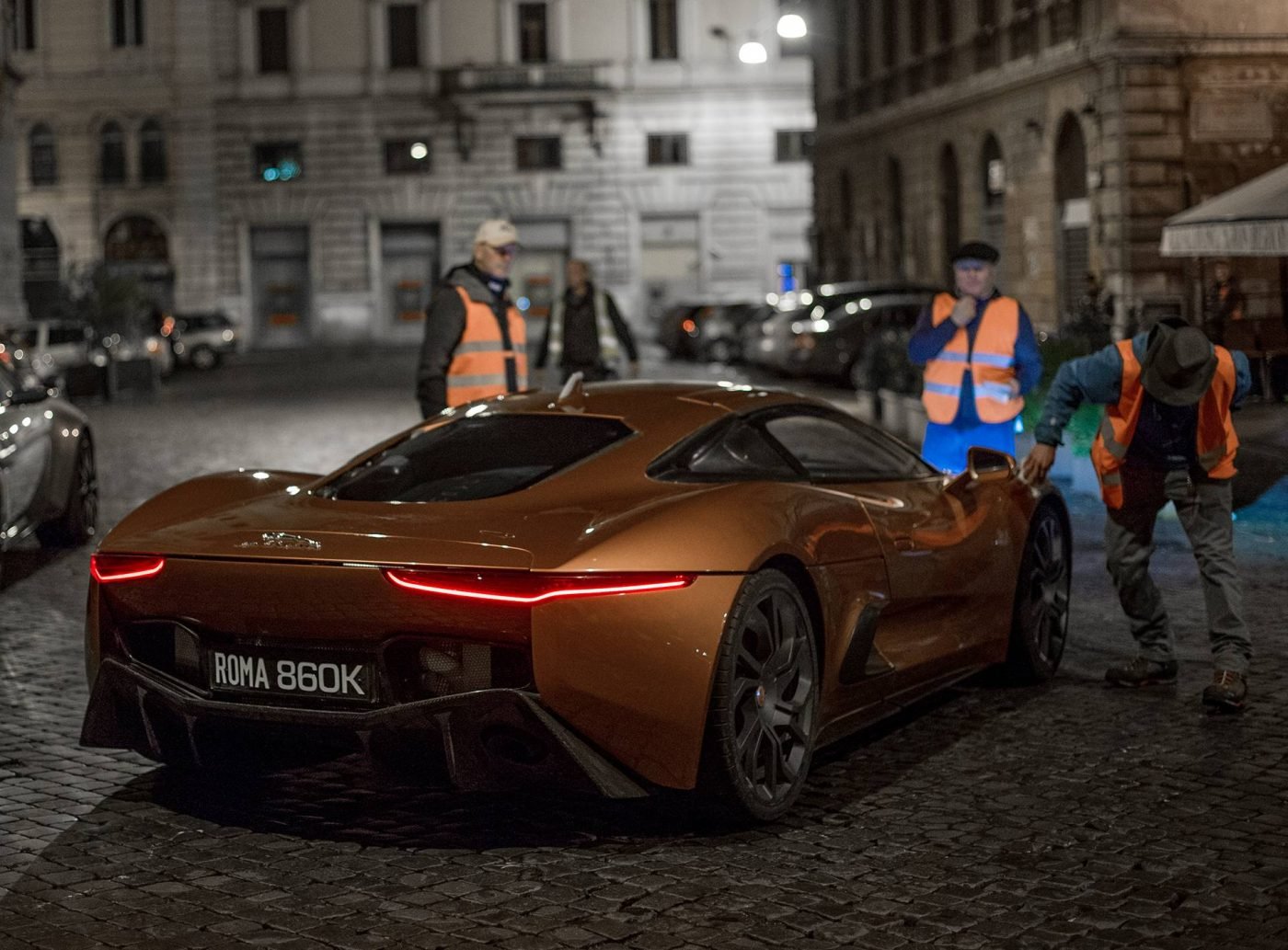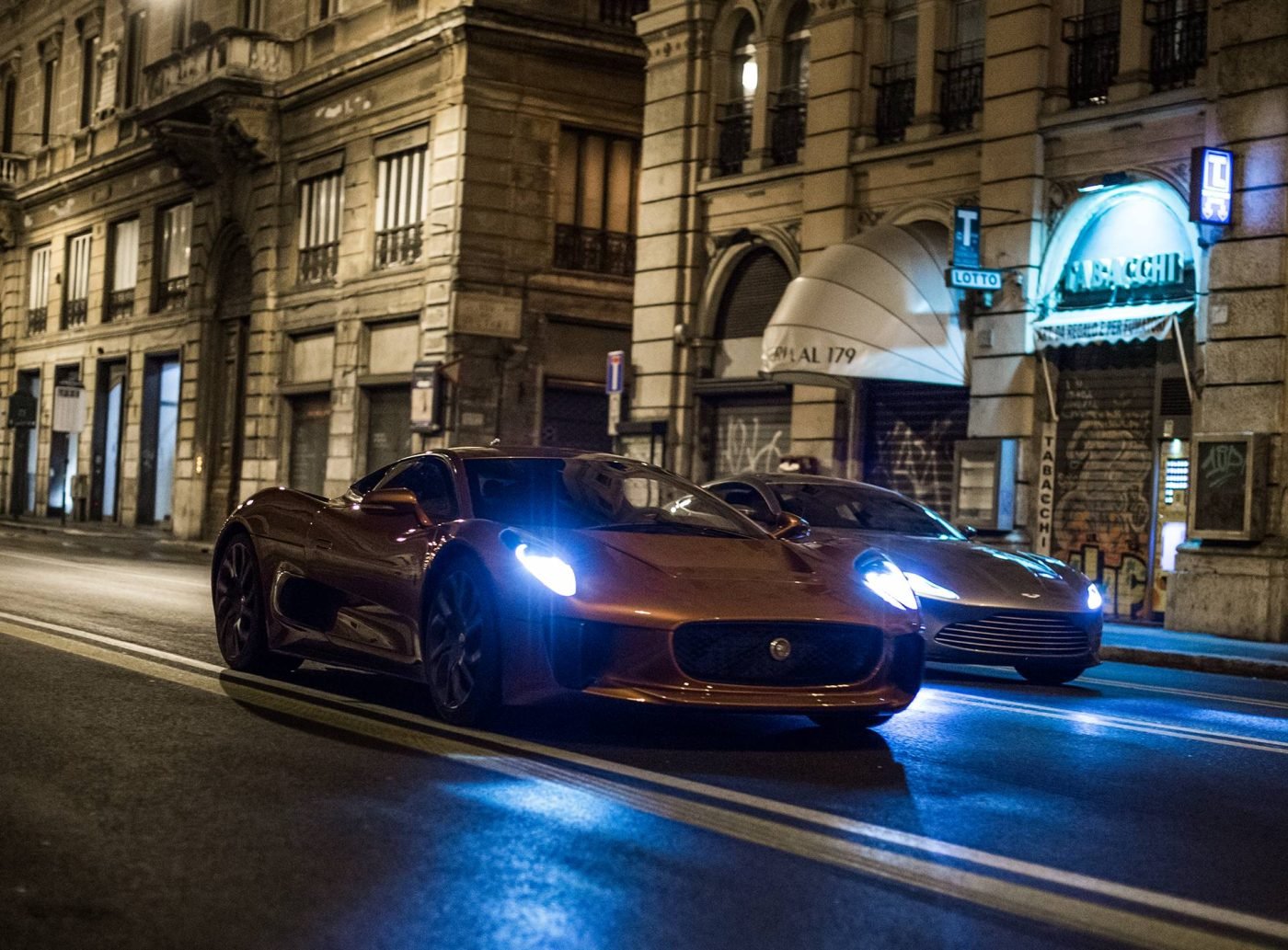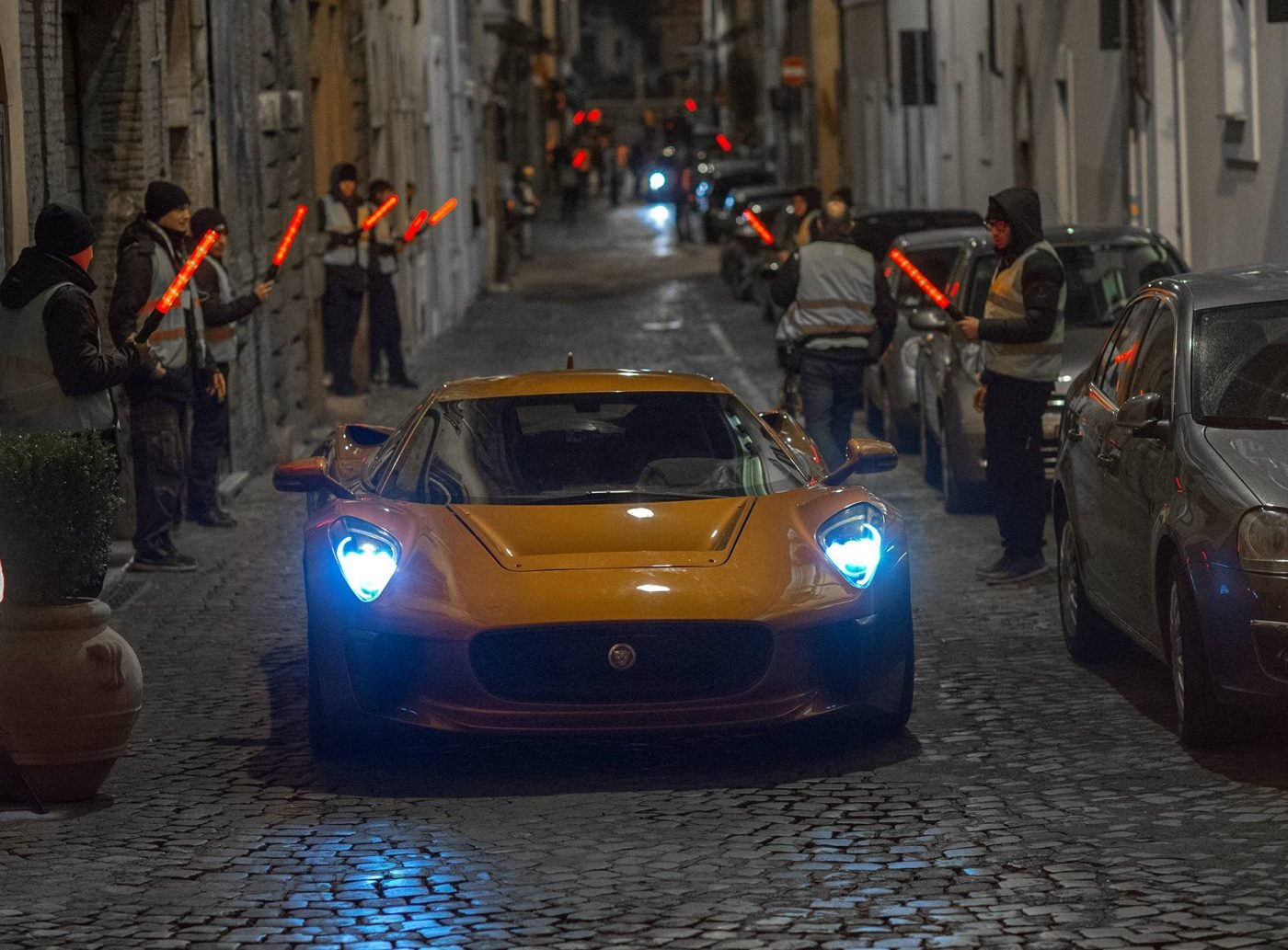Supercars are usually born from spreadsheets and boardrooms. Every now and then one sneaks through the system on sheer attitude alone.
Jaguar’s C-X75 was one of those rare cars. It should never have existed, yet somehow it found its way onto the big screen in Spectre alongside Daniel Craig’s Aston Martin DB10.
The story began with a concept built for Jaguar’s 75th anniversary in 2010. It arrived with gas turbines and four electric motors. The idea was too ambitious for the time, literally running too hot to survive outside a design studio.

Jaguar moved on. The turbines were abandoned and Williams Advanced Engineering stepped in. The result was a hybrid prototype with a twin-charged 1.6-litre four-cylinder and electric motors. The performance figures looked outrageous. On the road it matched the hype.
For a brief moment the dream was real. Jaguar promised 250 units priced at over a million dollars each. The car was meant to sit alongside the LaFerrari, Porsche 918 and McLaren P1 as Britain’s answer to the hybrid hypercar race.
Curated news for men,
delivered to your inbox.
Join the DMARGE newsletter — Be the first to receive the latest news and exclusive stories on style, travel, luxury, cars, and watches. Straight to your inbox.
Then the world economy shifted. In December 2012 Jaguar’s Global Brand Director announced that production was cancelled. He admitted that “it seems the wrong time to launch an £800,000 to £1 million supercar” in the shadow of the Great Recession. The timing was brutal. The project was scrapped, leaving only five fully functional prototypes and a lot of broken hearts at Williams.

That could have been the end. But then came Bond. Eon Productions needed something exotic to chase 007 through Rome. Jaguar’s forgotten prototype got the call.
Williams rebuilt the car for the screen. Out went the fragile hybrid setup. In came a supercharged V8, a spaceframe tough enough to handle stairs and cobblestones, and a rally-grade suspension to survive the chaos of stunt driving.
Five cars were delivered in record time. One was resprayed bright orange for beauty shots. The others were built to drift, jump and crash their way through filming.
On screen, the C-X75 looked like the future. In person, it felt like unfinished genius.
Journalists who drove the stunt versions found them raw and violent but impossible to forget. Beneath the bodywork sat a McLaren GT3 gearbox, rally suspension and just enough road manners to tempt you into imagining a real production model.

The tragedy is also what makes the C-X75 mythical. It was never sanitised by accountants or softened for customers. It remained a prototype with a starring role.
Even now, more than a decade later, it still feels more daring than many of the cars that actually made it to production.
Jaguar once built the Bond car of every petrolhead’s dreams. Then they locked it away forever.
Jerks.

